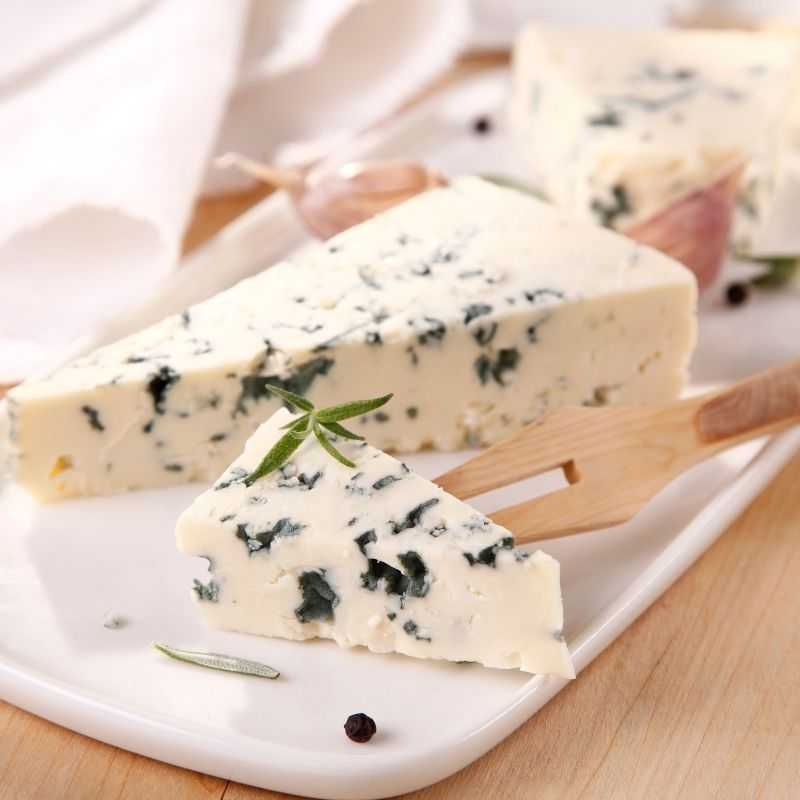This post may contain affiliate links
I’m so enthusiastic about this Vegan blue cheese recipe Ι’m about to share with you. Firstly, I have been experimenting with this recipe for quite a while and secondly, it tastes just like the real thing.
The consistency is just right and it’s so creamy and smooth that you can spread it on a hot slice of bread easily with a knife but firm enough to slice up as well. It has a robust and very distinct scent.
It was a totally entertaining experience for me, but if you have been checking my blog posts out, you already realize that making vegan dishes like that fast and easy is my forte.
Thus, I jumped into the opportunity to create an easy vegan blue cheese recipe so you can enjoy this vegan alternative without needing weeks in advance.

Vegan Blue Cheese
After many experiments later, I came up with the perfect alternative to the regular blue and cheese, but my own variation is silky smooth, sour and has a twist to it–and it even has these characteristic green-bluish lines through it. With just 8 ingredients and 20 minutes to prepare, you can make your own DIY dairy-free blue cheese.
Serve it with a toast of bread, crackers, on a sandwich, as a salad topping and anywhere else you may think of!
Pin the image below if you like this Vegan Blue Cheese!
Ingredients:
2 cups raw cashews
¼ cup pure coconut oil, melted
3 tbsp ACV vinegar
3 tbsp white miso paste
1 tsp onion powder
½ tsp garlic powder
¼ tsp spirulina (for the bluish-green lines)
1 ½ tsp salt
Directions:
- Pre-boil the cashews to soften. Add them to a medium pot filled with water and place over high heat. Once you reach a boil, boil the cashews for around 10 minutes until softened. Drain and wash with cool water. Another way to soften the cashews is to place them in a bowl, cover with water, and let them soak for at least 6 hours. Again drain and rinse before you need them.
Both of these ways work to tenderize them so they blend easily into a creamy smooth paste.
- Make the cheese foundation: add the tenderized cashews with the coconut oil, ACV vinegar, onion powder, garlic powder, salt, and miso paste in a blender or food processor. Pulse, scape off the sides with a spatula until the combo is as creamy and smooth as possible (it will also be a tad sticky and warm to the touch).
- Take your molds and line them with parchment paper or plastic wrap. You may also use a silicone mold. You may also take any dish or mold you fancy to host the cheese–I personally used two mini springform pans to yield two cheese wheels.
- Shape the cheese: Spread about half of the cream cheese mixture into the mold and even out.










When and how do you add the spirulina?
The recipe hasn’t been finished!